
Protecting Mediterranean bushes in winter
Our tips to protect your bushes from frost
Contents
Our climate now allows us to plant Mediterranean bushes almost everywhere in France: some hardier varieties can even withstand the oceanic chill of regions north of the Loire. Nevertheless, don’t forget the origin of these species, which are theoretically accustomed to very mild winters. If you dream of enjoying the scent of a myrtle or the elegance of a mimosa, here are a few tips to protect these specimens from the harshest winter days.
Planting in pots or in the ground: what precautions to take?
Choosing the right location for bushes when planting in the ground
If you decide to plant a Mediterranean bush in the ground, choose its location carefully so it is least exposed to winter chill. These species tolerate shade and humidity poorly: ideally, place them in full sun, favouring a south-facing aspect. At the same time, ensure soil is well drained, an obligatory condition if you wish to keep your young plants as long as possible.
In colder regions with rather harsh winters, we recommend focusing only on the hardiest species and varieties able to withstand down to -15°C. For example, Cistus of the Corbières will be hardier (-15°C) than most other species of the same family.
Even better, bear in mind that even if you live in a cool part of France, you can allow yourself to plant lavender in your garden. Drainage is what matters most! These plants will withstand the cold only if planted in soil that is fairly dry in winter and poor.
Do you want to buy tender plants and live in northern France, far from a Mediterranean climate? Nothing is impossible: simply favour planting in pots. This will allow you to protect your plants from frost as soon as the threat appears in autumn.
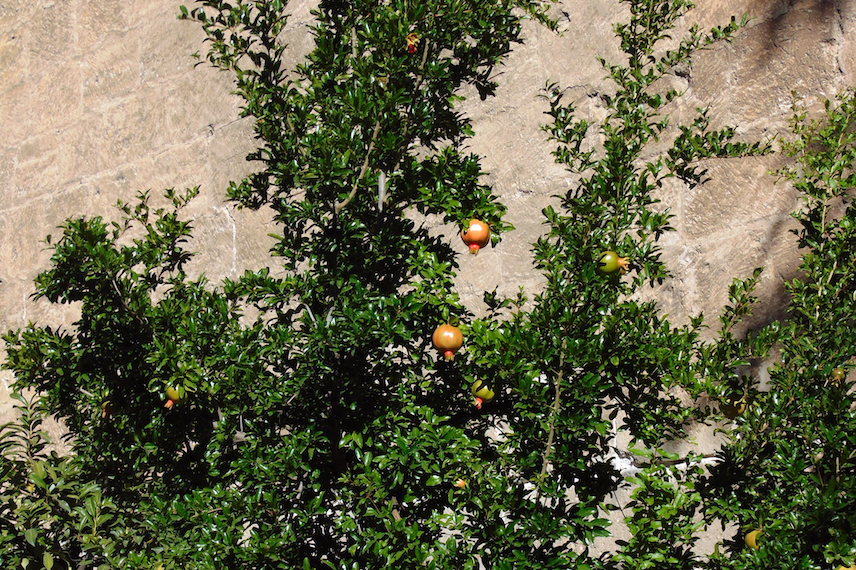
Pomegranate
Bring potted bushes indoors before first frosts
As a general rule, in regions often subject to sub-zero temperatures, we recommend planting Mediterranean bushes in pots. This approach makes it very easy to bring inside any young plants that fear the cold in winter, to protect them from weather too capricious for them.
Some plants may become too large for you to store indoors in winter—or you may not have enough space to shelter them. In that case, you can at least move the pots: ideally, place them along a wall exposed to the sun. This will allow them to benefit from warmth as much as possible, and to be sheltered from the wind as far as possible. If you have no wall and do not know where to put your pots, avoid leaving them where fallen leaves accumulate: these are naturally the most wind-exposed areas of your garden.
Warning: ensure plants are not in contact with soil moisture. To do this, place pots on wooden slats, for example. This will isolate them from potentially frozen ground or tiles. You can also wrap pots in bubble wrap to protect roots from frost.
How to apply mulch to protect bushes from frost?
To keep soil healthy and protect your Mediterranean bushes, we recommend mulching for winter as soon as autumn arrives.
To learn more about benefits of mulching, discover our advice sheet : Mulching: why, how?
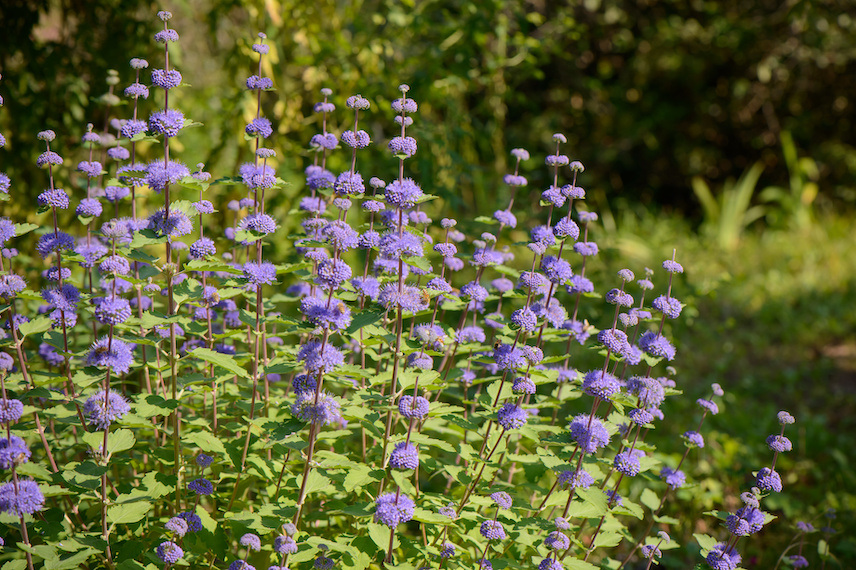
Different types of mulching
Since its role is mainly protective, winter mulching for your Mediterranean bushes must be thick enough: we recommend allowing for a blanket bog of at least 10 cm.
There are different types of mulch, which you can choose according to your goals:
- Plant mulches are very nourishing for soil. Entirely biodegradable, they break down into humus, a food source for plants. However, because this mulch degrades over time, it needs to be replaced frequently.
To make a plant mulch, you can use shredded pine bark, which lasts several years and is recommended only for acidophilous plants. Easily available, cereal mulch is easy to find but breaks down quickly, requiring replacement after a few months. At no cost, you can also make a reclaimed mulch with shredded branches, grass clippings and dead leaves.
- Mineral mulches have the advantage of not decomposing: they are more durable than plant alternatives. However, they do not add nutritional qualities to soil and do not retain moisture as well. They are mainly used for soils already sufficiently rich.
Mineral mulch can be made from pumice, a lightweight rock naturally found in the Massif Central and very decorative. Use of slate, crushed brick and even gravel is also possible. Here, since properties of different mineral mulches are often similar, you can choose based on price and aesthetic character of each option.
Some people choose mulching with woven plant fabrics or even plastic sheeting. These solutions appeal for ease of installation, although they are less attractive than other options. If you prefer these products, opt ideally for natural, biodegradable plant fabrics… Plastic should be avoided, as it is not biodegradable, unattractive and does not respect sustainability concerns.
Discover other Mediterranean shrubs
View all →Available in 1 sizes
Available in 3 sizes
Available in 2 sizes
Available in 2 sizes
Available in 3 sizes
Available in 1 sizes
Available in 1 sizes
Available in 1 sizes
Available in 1 sizes
Available in 1 sizes
Winter fleece and frost: everything you need to know to protect your Mediterranean bushes
How to use a winter fleece?
All your non-hardy Mediterranean bushes, whether in pots or planted in ground, must be protected from cold in winter. If they remain outside (bushes too large to bring indoors or planted in ground), we strongly advise covering them with a winter fleece.
To protect your young plants, surround every branch with this winter fleece. Then, to keep it in place, secure with ties or handy clips. Proceed in the same way around the trunk (for standard-trained bushes), which can be girdled with a straw mat.
For bushes particularly sensitive to cold, favour double- or triple-layer winter fleece. And for large, imposing specimens, you can get a frame to position the fleece more easily.
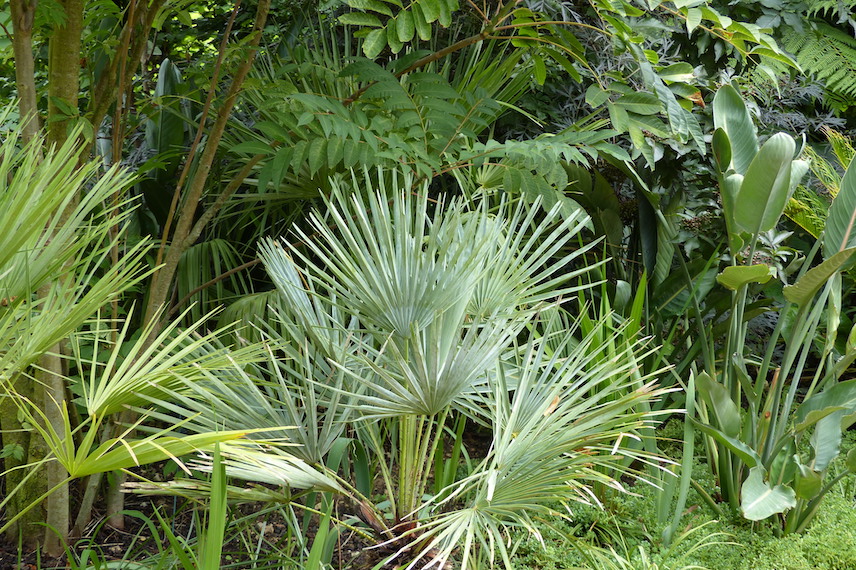
What to do in case of frost?
Despite all care given to mulching and protecting your Mediterranean bushes, they can suffer frost episodes during winter. Late frosts are particularly feared: they can occur in April or May in northern France… and seriously damage species not accustomed to such events in their natural medium.
In case of frost damage, it is often recommended to prune parts damaged by cold. However, guidance varies from one Mediterranean bush to another: to avoid mistakes, we advise checking on a case-by-case basis.
For example, facing an olive tree damaged by frost, it is recommended to prune severely and remove all dead wood, until you reach green leaves. Also cut branches that cross and, if you wish to keep a harmonious shape, you can do a light pruning in summer.
On a lemon tree, however, cold can be beneficial in the long term. A small frost episode (a light one) can indeed later result in a more prolific tree and ultimately more lemons. Nevertheless, after the episode, it is important to remove dried twigs and leaves.
By taking all precautions from the time of planting, you should enjoy your Mediterranean bushes for many years… They will withstand French oceanic or continental climate without problem!
- Subscribe!
- Contents
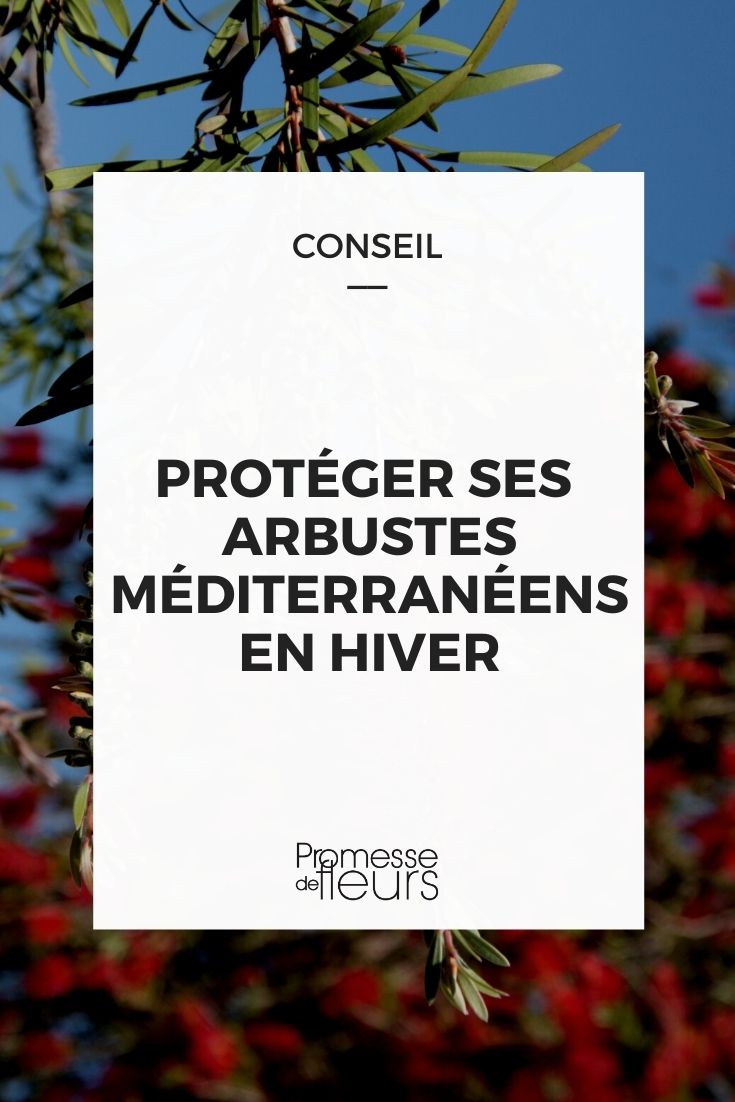
































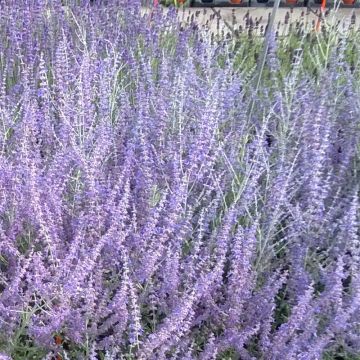
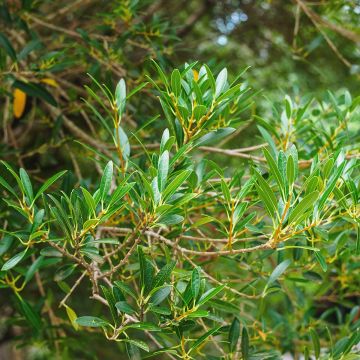
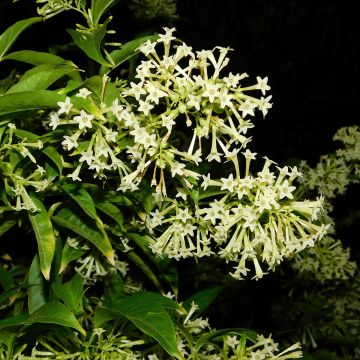
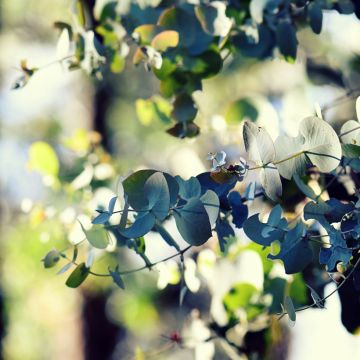
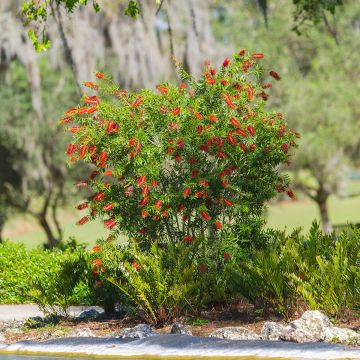
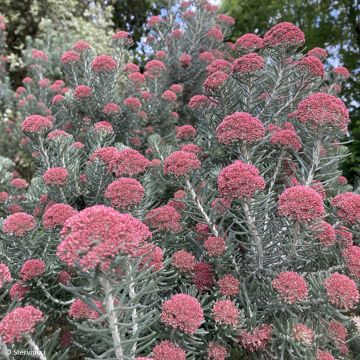

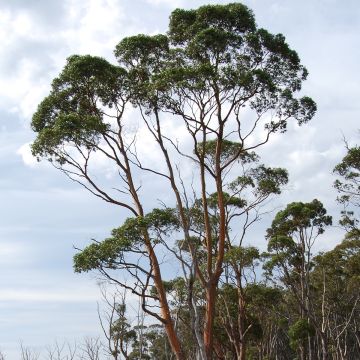
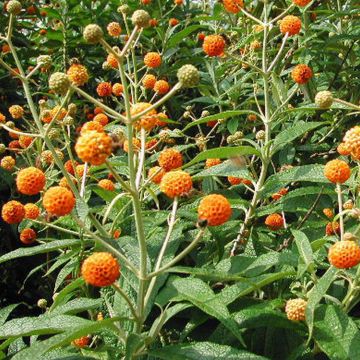
Comments